Interview: Shantrelle P Lewis on “Dandy Lion: The Black Dandy and Street Style”
The historian and author celebrates a dazzling, spirited movement that’s about more than clothing
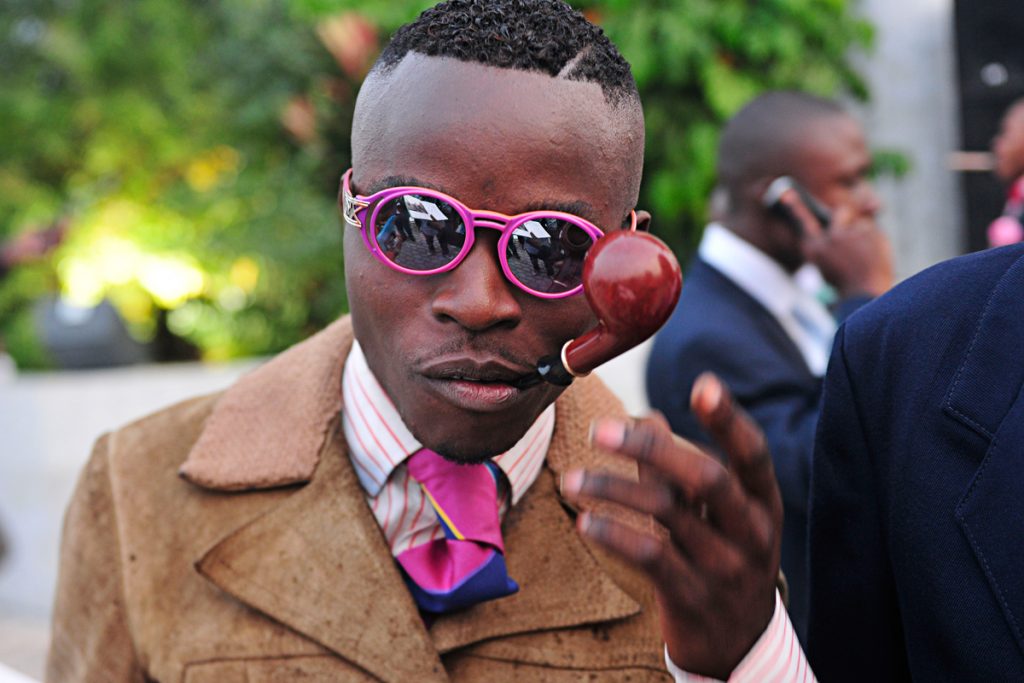
Defying stereotypes about masculinity while embracing rebellion and individuality, the black dandy embodies much more than a well-tailored suit. Curator, researcher and author Shantrelle P Lewis‘ gorgeous book “Dandy Lion: The Black Dandy and Street Style” celebrates and explores the cultural components of black dandyism throughout the world. From well known artists like Jidenna and Janelle Monae, to tailors and designers, the book features members of the movement along with plenty of images of their incredible outfits—lots of lively patterns, bright colors, and clashing motifs. Lewis also explains how important the movement is socio-politically—while it’s playful, it’s also a significant act of dissent. The suit does not make the man, and we spoke with Lewis to find out more about the important, long-lasting phenomenon of black dandyism.
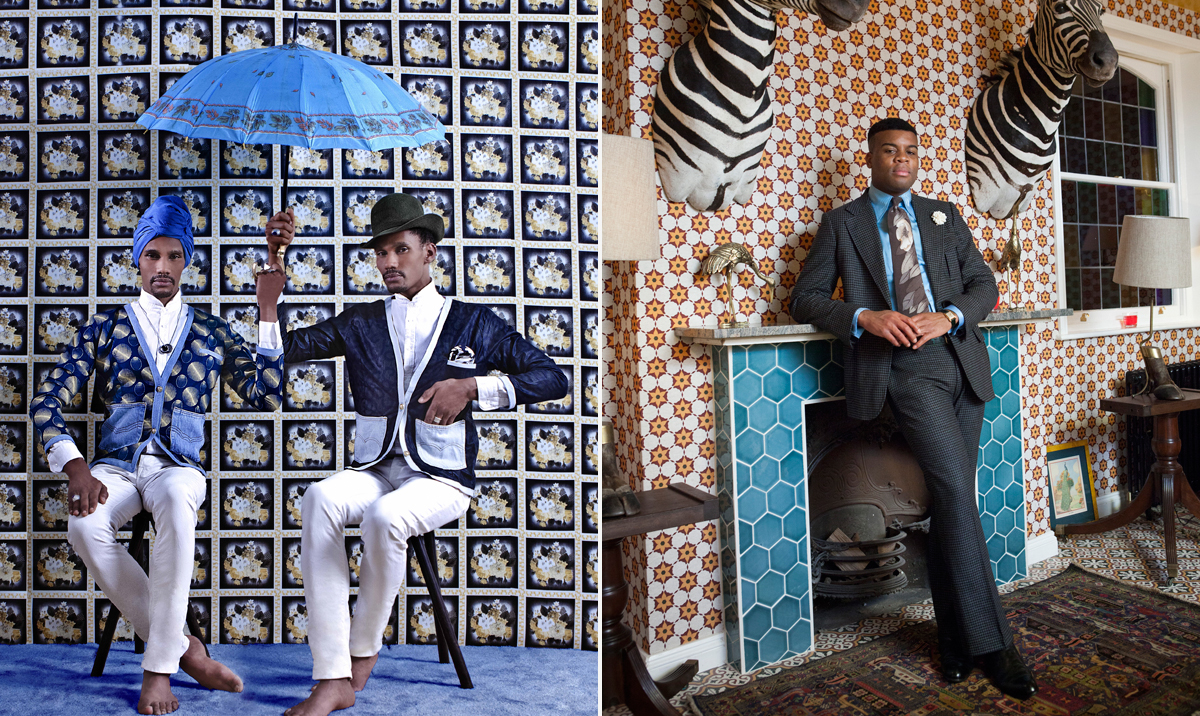
So much more than just a suit, what do you feel are the key elements to being a dandy?
I think at the core of dandyism is individualism and improvisation. Dandies don’t just wear suits. They wear well tailored suits. Their wardrobes consist of various accoutrements including pocket squares, bow ties, skinny ties, hats, and a variety of other accessories. I believe that the typical dandy is also very well groomed—interesting hairstyles and beards are as well an extension of those accessories. I also believe there is something to be said about dandies and their manners. At the fear of sounding respectable, I would go so far as to say that dandies strive to be well membered individuals.
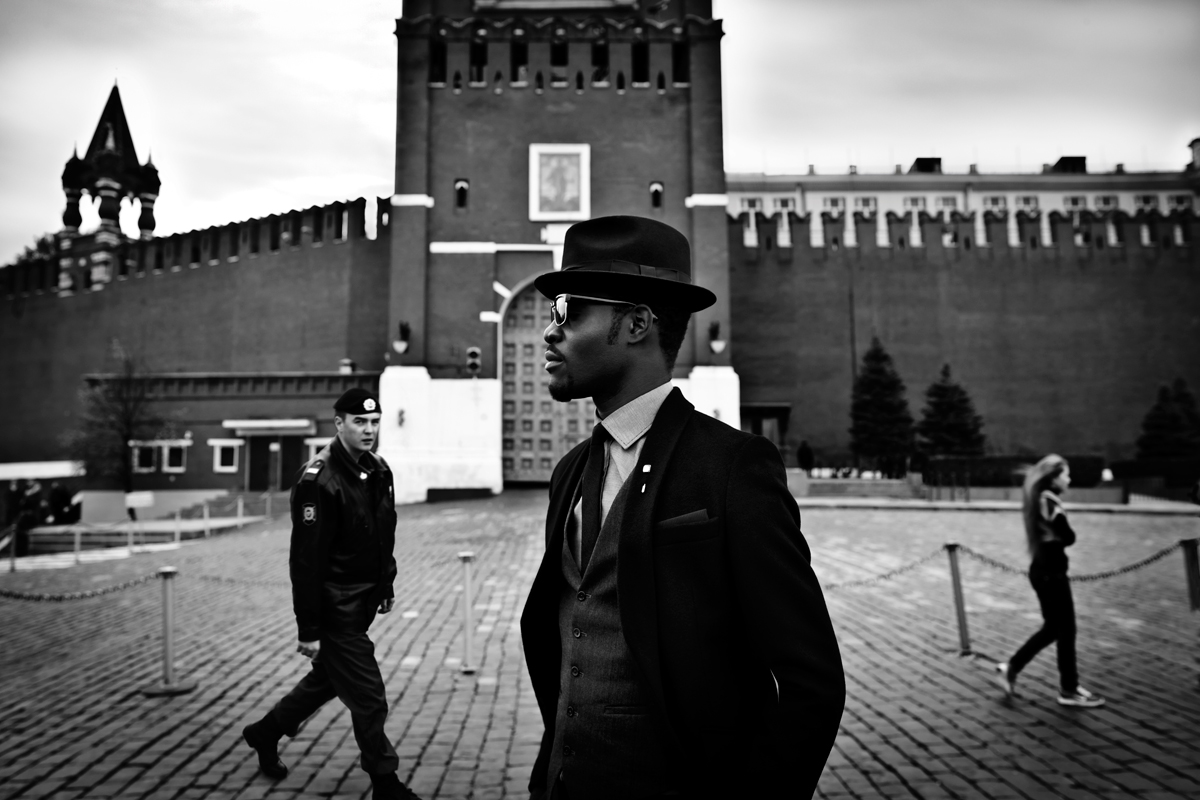
Black dandyism defies stereotypes, especially regarding black men’s masculinity—tell us about that.
Black people globally, have been the objects of negative stereotyping in popular culture and media for four centuries. It’s clearly not a new problem, but it is still one that damages us, on a daily basis. Day after day, we see a repetitive and manufactured image of not only black masculinity, but blackness… a monolithic representation of black identity that dominates mainstream media from here, to Europe, Africa, and back. The dominant narrative generally involves some gang-related murder on the nightly news, mass violence erupting in continental African countries, or the modern blackface caricatures and their soap opera-esque dramas on reality television. These images are perpetuated by mainstream hip-hop, the prison industrial complex, and negligent public policy.
Thus, to dress outside of that uniform is to act from a place of agency, to contradict, to rebel. Dandyism is only one of many of millions of expressions of Blackness seen around the globe. It’s not the answer to tropes and stereotyping but it is an antithesis.
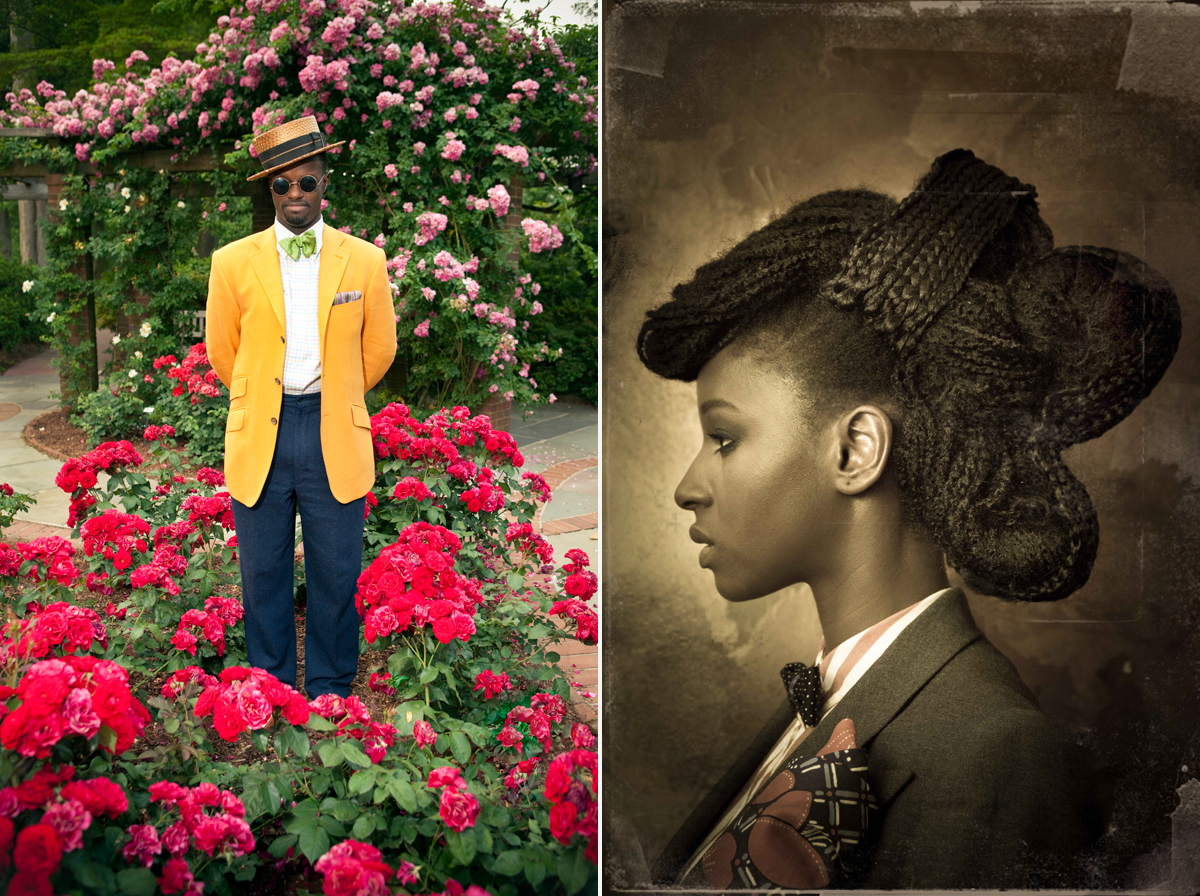
As you mentioned, dandyism is playful but also rebellious, can you explain a little about the importance of that rebellion that exists within the black dandy?
Throughout history, most notably the past two centuries, and particularly in the West, Black men have used fashion as a tool of rebellion. When self-styled, the African Diasporan man has relied upon his innate sensibilities to express his masculinity, his humanity, his individuality. In styling himself, particularly in dress mostly associated with a certain class, education, and social status of the other [read: Whites], the African Diasporan dandy cleverly manipulates clothing and attitude to exert his agency rather than succumb to the limited ideals placed on him by society. He performs identity. Most importantly, an integral part of this rebellion entails posing before a camera.
What makes a black dandy a Dandy Lion is his subtle and not so subtle resistance to the status quo, his desire to set himself apart—not to place himself at a level above his sagging-pants peers, but to defy the limiting expectations placed on him by images perpetuated by the media.
A black dandy can thus be defined as a self-fashioned gentleman who intentionally assimilates classical European fashion with African Disaporan aesthetics and sensibilities. He is a rebel—a modern-day representation of the African trickster. His style and identity are generally a contradiction, of the stereotypes, boxes, categories, or ideas that society typically apply to him (and in some cases, her).
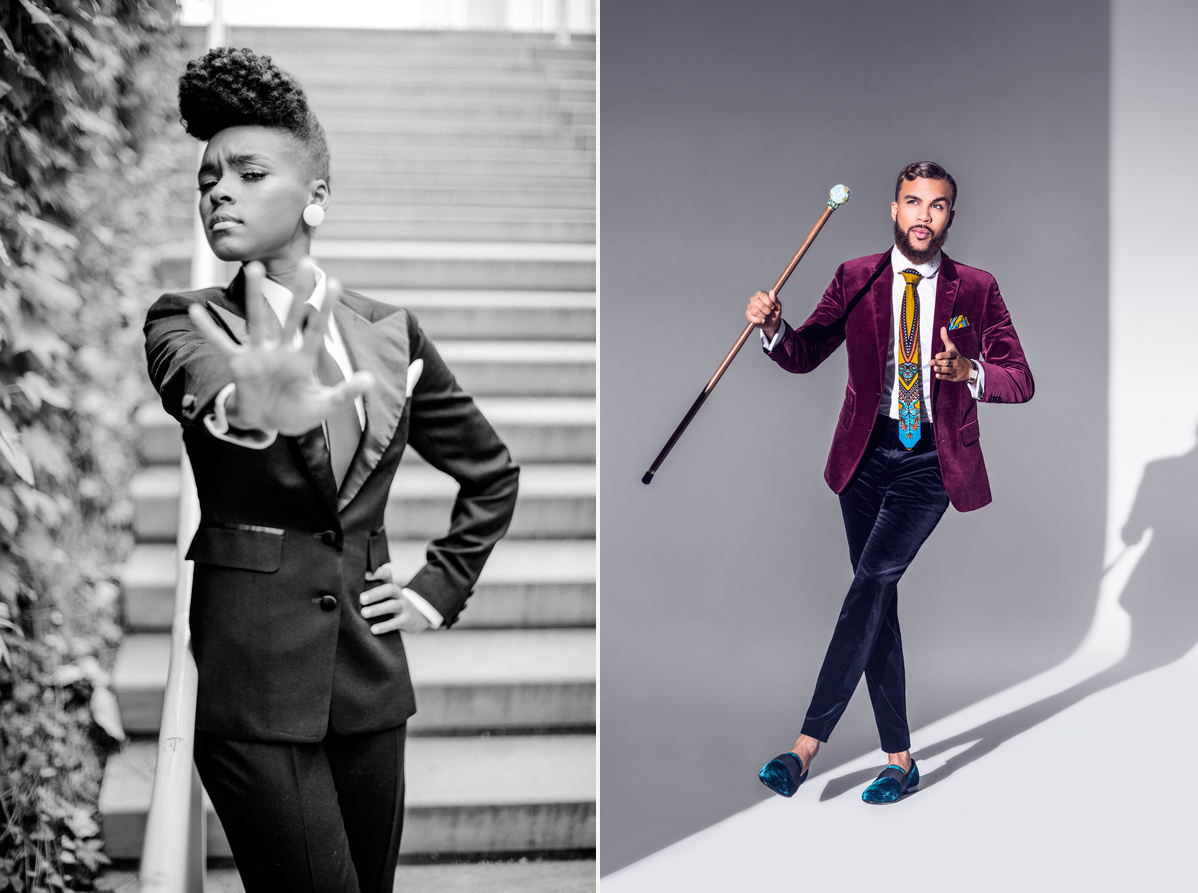
There are parallels between hip-hop and dandyism—are there other elements of black culture and inventions that draw similarities?
Throughout the course of my conversations on contemporary expressions of Black dandyism, I’ve identified it as a manifestation of hip-hop. I believe it’s one of the latest expressions of hip-hop culture, in the ways that these sartorialists are mixing and matching clothing and styles from various eras and cultures. That’s what hip-hop did. It took the best music from our community, from different eras, sampled it to create something new. That’s what dandies are doing.
If I had to say that black dandyism paralleled another art form in our community, it would definitely be jazz. Jazz or Black American music as some know it, was one of our greatest innovations. Black people took classic European wind instruments and through improvisation and infusion of African aesthetics, created a brand new sound. That’s what dandyism does.
I love the fact that dandyism is a tool used to assert one’s agency, through self-expression—I believe there’s power in that
What do you, personally, enjoy most about black dandyism?
I think black dandyism is fun! And pleasurable! I selfishly and undeniably enjoy looking at very well dressed black men, women and people who are outside of the binary. It also brings me a sense of both nostalgia and pride as I’m forced to reflect on the many men not only in my own family but throughout the past few centuries. Dandyism is visual eye candy! But more importantly, I love the fact that dandyism is a tool used to assert one’s agency, through self-expression. I believe there’s power in that.
You have been immersed in research of this movement for some time, would you say that it’s still a misunderstood phenomenon?
Thanks to the work of myself and so many others over the past decade—Rose Callahan and Nathaniel Adams, Daniele Tamagni, Sara Shamsavari Street Etiquette and Brooklyn Circus—I believe that there is a heightened awareness of what the concept is, in real terms, particularly in the black community. I think dandyism has always been connected to some other-ing, or misunderstood stereotyping. I think the art of dressing well is one of the highest expressions of one’s self. Self-adornment, particularly via this style of dress, grants someone a level of agency for them to articulate exactly who they are and how they see themselves. And that articulation may very well be outside of society’s narrow and limited view.
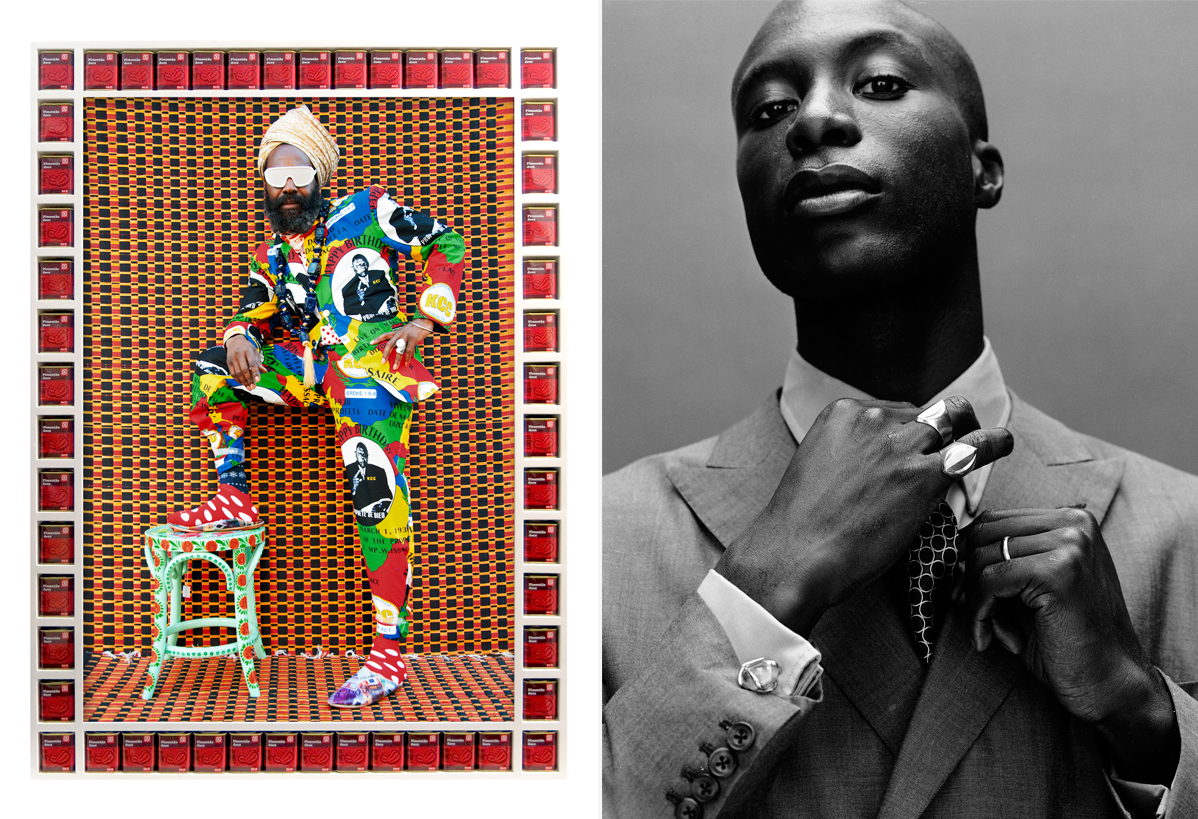
Were there any hurdles while working on the book that you feel particularly proud to have overcome?
Writing a book isn’t easy, particularly for a major publisher. The largest hurdle was making some tough decisions about images that would make the cut and a few stories as well. Having been working on the subject matter for several years through my traveling exhibition, I’ve met lots of impeccably dressed and interesting people, and seen, as well as displayed the work of many talented photographers. As much as I would have loved to create an Encyclopedia of Black Dandyism, I had to make the book as comprehensive as possible, yet be very selective with edits so that the finished product could stand on its own. That was very tough! I still wrestle with some decisions and cuts, but overall, I’m very proud of what I’ve done. And love it.
Is there a specific message you hope is conveyed within with the book, or is it more about celebration?
It’s both. Primarily, I want people to explore black masculinity as a whole—and the idea that it exists on a spectrum. Additionally, I want to drive home the fact that Blackness is not a monolith… The aim of “Dandy Lion” is to shed light on the variations of Black experiences around the world, through the prism of black dandyism. Lastly, I want to bring back some pride in how we dress, not for respectability reasons, but for reasons of making street style and people watching much more interesting to take in. Black Dandyism is only of many examples, of pure and unadulterated black joy!
“Dandy Lion: The Black Dandy and Street Style” is available online for $27.
Images courtesy of Aperture












